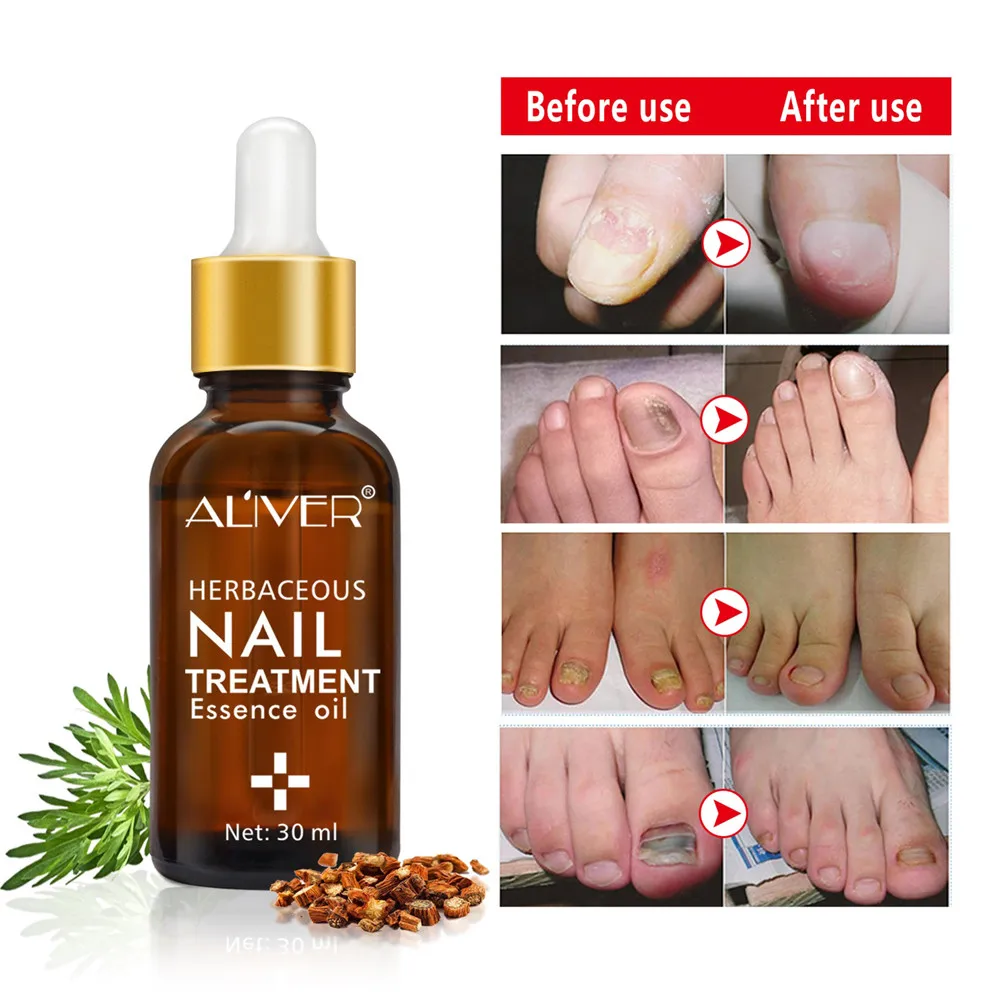Fragile Nails Treatment: Pictures of What Causes Brittle Nails and How to Care for Them
Why do nails become brittle and fragile? What are the causes of brittle nails? How can you care for and treat fragile nails? Find out the answers to these questions.
Understanding Brittle Nails
Nails can become dry, thin, and easily breakable for a variety of reasons. From aging to poor nutrition, there are several factors that can contribute to the development of brittle nails. While it may seem like an unavoidable problem, the right care and treatment can make a significant difference in keeping your nails healthy and strong.
Causes of Brittle Nails
Frequent Exposure to Moisture and Harsh Chemicals
When your nails get wet, they swell, and when they dry, they shrink. Frequent exposure to water, especially when combined with the use of harsh soaps or detergents, can lead to the drying out of your nails, making them soft and prone to peeling.
Aging and Changes in Nail Growth
As you get older, your nails may start to dry out and grow more slowly. While toenails usually become thicker and harder, fingernails often get thinner and easier to break. This age-related change in nail growth and quality can contribute to the development of brittle nails.
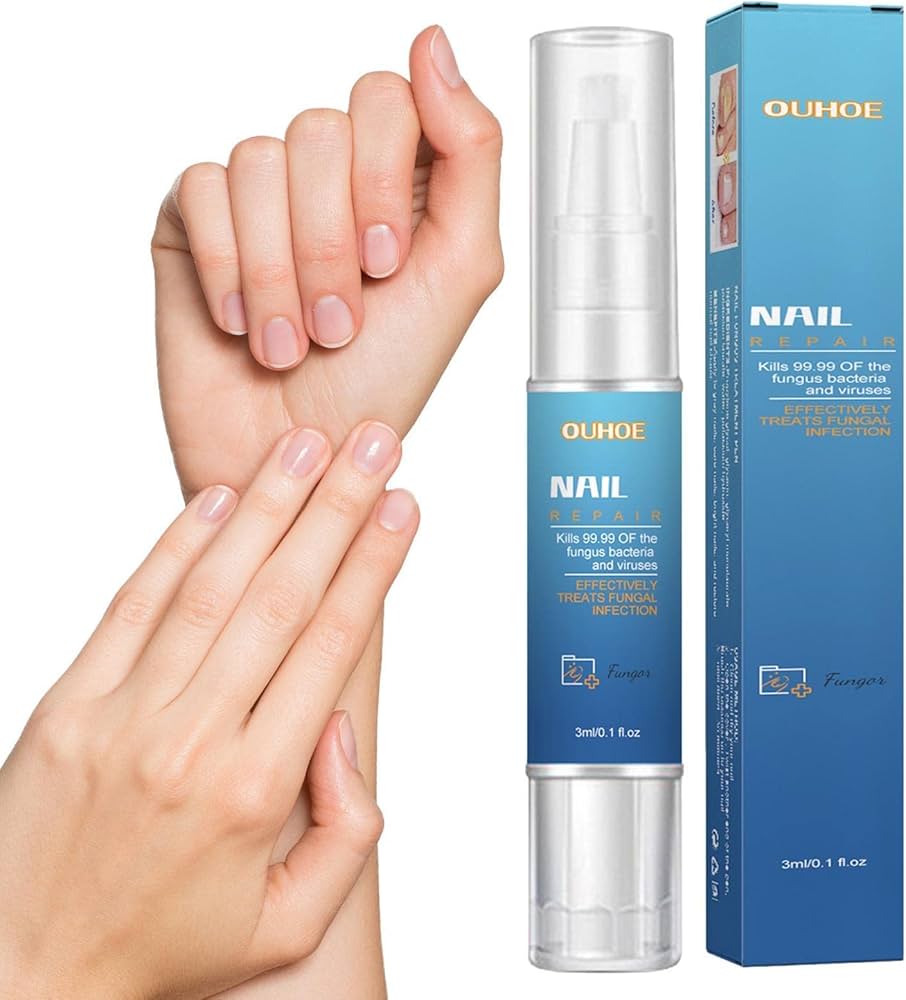
Raynaud’s Syndrome
Raynaud’s syndrome is a condition that affects the blood vessels, making it difficult for your hands and feet to get enough blood. This can lead to the development of brittle nails as a common symptom.
Hypothyroidism
Hypothyroidism, or low levels of the thyroid hormone, can reduce the amount of sweat your body produces. This can result in drier hair, skin, and nails, including the development of brittle nails.
Anemia
Anemia, or a low red blood cell count, is often caused by a lack of iron in the blood. This can make your nails brittle or cause them to develop a spoon-like shape.
Cancer Treatments
Certain cancer treatments, such as chemotherapy, can lead to dry skin and nails, making them thin, breakable, and slow-growing.
Nutrient Deficiencies
Rarely, brittle nails can be a sign of a nutrient deficiency, such as low calcium levels (hypocalcemia), which can also cause scaly skin and dry hair.
Treating Brittle Nails
Protecting Your Nails
To protect your nails from excessive moisture and harsh chemicals, wear gloves when washing dishes or cleaning the house. Choose rubber gloves lined with cotton to minimize sweating.

Biotin Supplements
Some studies have shown that taking a daily dose of biotin can help thicken and strengthen nails. However, it’s important to check with your doctor first, as high amounts of biotin can affect certain lab results or interact with medications.
Avoiding Acrylic Nails
Acrylic nails, which are glued onto your natural nails, can do significant damage. The filing required to apply them and the chemicals in the glue can weaken and thin your nails, making them more brittle. It’s best to avoid this beauty treatment if you’re dealing with fragile nails.
Increasing Protein Intake
Protein is essential for the production of keratin, the protein that makes up hair and nails, and helps to strengthen them. To determine your optimal daily protein intake, multiply your weight in pounds by 0.36.
Proper Nail Trimming and Filing
Regularly trimming and filing your nails can help prevent and repair snags. Cut them straight across with sharp clippers or nail scissors, and file them into a slight curve at the ends.
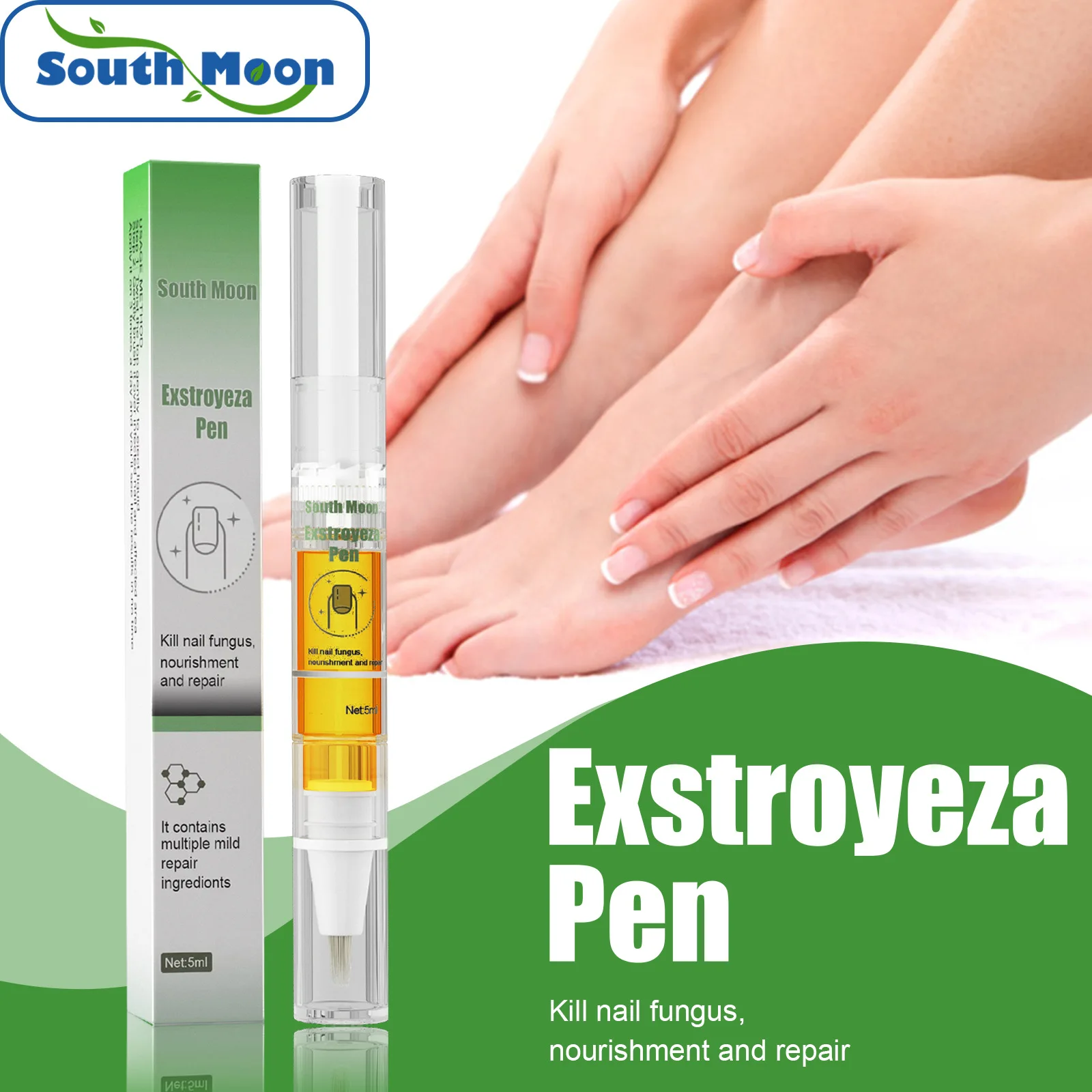
Using Strengthening Nail Polish
Certain nail polishes that contain nylon fibers may help strengthen your nails and prevent chipping or splitting. However, avoid using acetone-based removers to take them off, as this can further damage your nails.
Moisturizing Nails
Lotions with alpha-hydroxy acids or lanolin can be beneficial for brittle nails caused by dry conditions. Soak your nails in water for 5 minutes before applying the moisturizer.
Avoiding Nail-Popping Activities
Habits like popping open soda cans or other containers with your nails can zap the strength of your nails. Try to find alternative ways to open these items to protect your fragile nails.
By understanding the underlying causes of brittle nails and implementing the right care and treatment, you can help keep your nails healthy and strong, even as you age.
Pictures of What Causes Brittle Nails and How to Care for Them
Medically Reviewed by Poonam Sachdev on June 23, 2022
Everything from aging to poor nutrition can make your nails dry, thin, and easy to break. There are also some treatments and medical conditions that can make them brittle. But you don’t have to put up with the problem. The right care can make all the difference in keeping your nails healthy and strong.
When your nails get wet, they swell. When they dry, they shrink. If your hands are in water a lot, especially if you’re also using harsh soaps or detergents, this constant change can dry your nails out and make them soft and easy to peel.
As you get older, your nails may dry out and grow more slowly. Toenails usually get thicker and harder, while fingernails get thinner and easier to break. There’s no specific age when this happens, and it doesn’t happen to everyone, but it could be the cause of your brittle nails.
It’s a condition that affects the blood vessels and keeps your hands and feet from getting enough blood. This makes it hard for your nails to have what they need to stay healthy. Brittle nails are a common symptom of Raynaud’s syndrome.
This makes it hard for your nails to have what they need to stay healthy. Brittle nails are a common symptom of Raynaud’s syndrome.
Sweat is your body’s natural moisturizer. Low levels of the thyroid hormone, called “hypothyroidism,” lessens how much sweat your body makes. The result is drier hair, skin, and nails. Along with brittle nails, you might have other symptoms like aches and pains, fatigue, weight gain, and memory problems.
The most common cause for anemia, or a low red blood cell count, is not enough iron in the blood. It can happen when you lose too much blood. You can also get it if you don’t get enough iron in your diet or have a condition that keeps you from absorbing it. Anemia can make your nails brittle or cave inward in the shape of a spoon.
Brittle nails can be a side effect of some cancer treatments like chemotherapy. Dry skin and nails are common. They may become thin, break easily, and grow more slowly than normal.
Rarely, brittle nails can mean you’re not getting the vitamins and minerals your body needs. For example, low calcium levels (hypocalcemia) can cause scaly skin, dry hair, and brittle nails along with muscle cramps.
For example, low calcium levels (hypocalcemia) can cause scaly skin, dry hair, and brittle nails along with muscle cramps.
An easy way to protect your nails from too much moisture or harsh chemicals is to put gloves on when you wash dishes or clean the house. Choose rubber gloves that are lined with cotton, so you’ll sweat less.
A few small studies show that taking a daily dose of biotin can thicken and strengthen nails. High amounts might change certain lab results or affect epilepsy medications. Check with your doctor to see if it’s OK for you to try it.
Acrylic nails, the kind a technician glues onto your natural nails, can do a lot of damage. A nail tech has to file the surface down to get them to stick, which makes them thin. Chemicals in the glue make them weak. Avoid this beauty routine if you’re dealing with brittle nails.
When you get enough protein, it boosts the amount of keratin your body makes. Keratin is a protein that builds hair and nails and makes them stronger. To find out how many grams you need a day, multiply your weight in pounds by 0.36.
To find out how many grams you need a day, multiply your weight in pounds by 0.36.
Trim and file your nails regularly to avoid and repair snags. You should cut them straight across with sharp clippers or nail scissors. File them into a slight curve at the ends.
Certain polishes with nylon fibers in them may strengthen your nails and keep them from chipping or splitting. Try a once-a-week application, but avoid acetone-based removers to get it off, which can damage your nails.
Lotions with alpha-hydroxy acids or lanolin can be helpful for brittle nails caused by dry conditions. Soak your nails in water for 5 minutes before you put it on.
Do you like to pop open soda cans or other containers with your nails? Give it a rest. Reach for other objects instead so you’re not zapping what strength your nails have.
IMAGES PROVIDED BY:
- Getty Images
- Getty Images
- Getty Images
- Getty Images
- Getty Images
- Getty Images
- Getty Images
- Getty Images
- Getty Images
- Getty Images
- Getty Images
- Getty Images
- Getty Images
- Getty Images
- Getty Images
- Getty Images
SOURCES:
Canadian Dermatology Association: “Brittle Nails.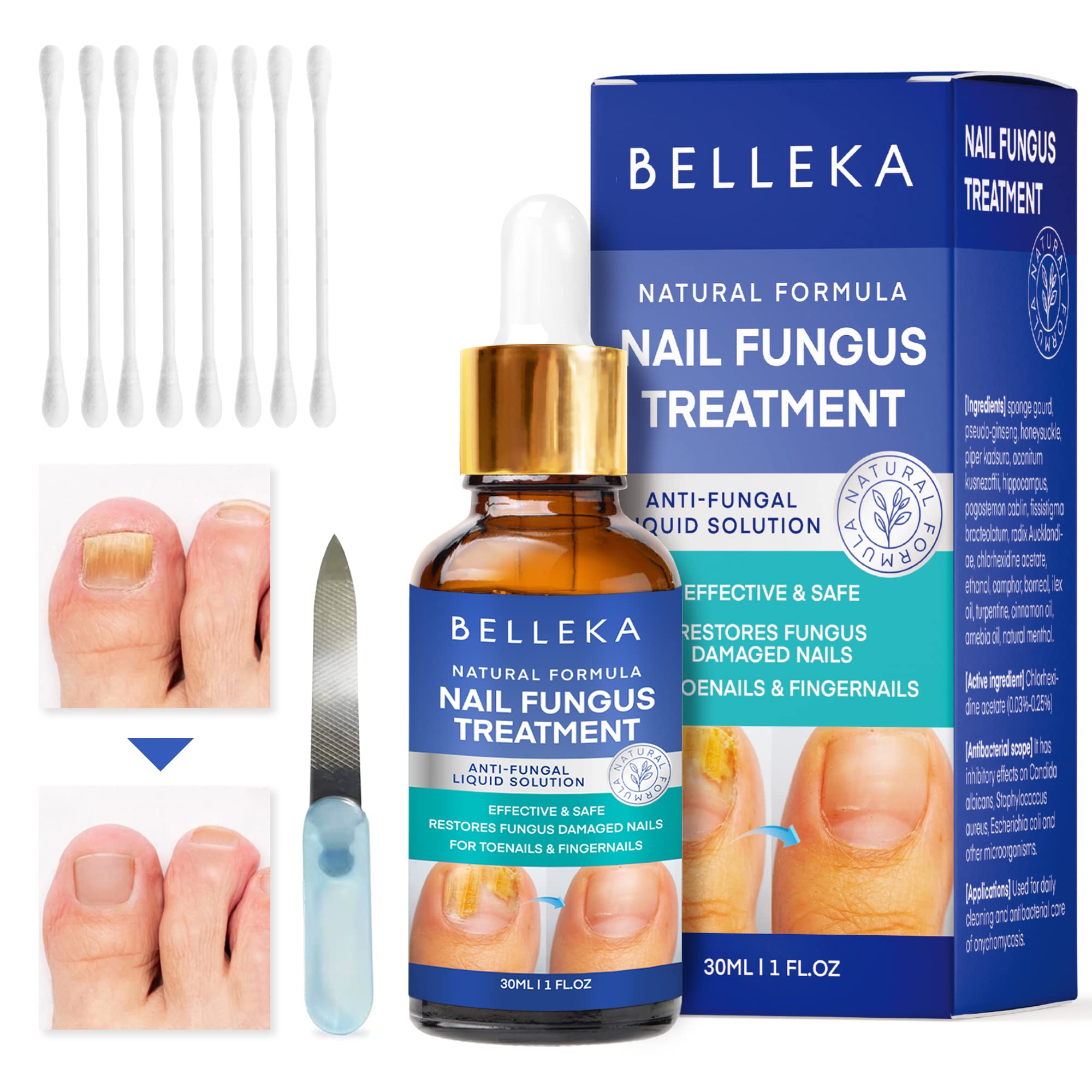 “
“
Harvard Medical School: “By the way, doctor: Does having ridged and split fingernails mean I’m unhealthy?” “The lowdown on thyroid slowdown,” “How much protein do you need every day?”
UPMC Health Beat: “What Causes Brittle Nails? How You Can Treat Weak Fingernails.”
National Heart, Lung, and Blood Institute: “Iron-Deficiency Anemia.”
Breastcancer.org: “Nail Changes.”
Cleveland Clinic: “Are Your Skin and Nails Suffering From Cancer Treatment? 9 Tips.”
National Institutes of Health Office of Dietary Supplements: “Biotin.”
American Academy of Dermatology: “Artificial Nails: Dermatologists’ Tips For Reducing Nail Damage,” “Tips for Healthy Nails.”
Genetics Home Reference: “Keratins.”
American Osteopathic College of Dermatology: “Brittle Splitting Nails.”
© 2022 WebMD, LLC. All rights reserved. View privacy policy and trust info
Why Am I Losing Body Hair?
Medically Reviewed by Stephanie S. Gardner, MD on August 13, 2022
You may lose hair when you have polycystic ovary syndrome (PCOS).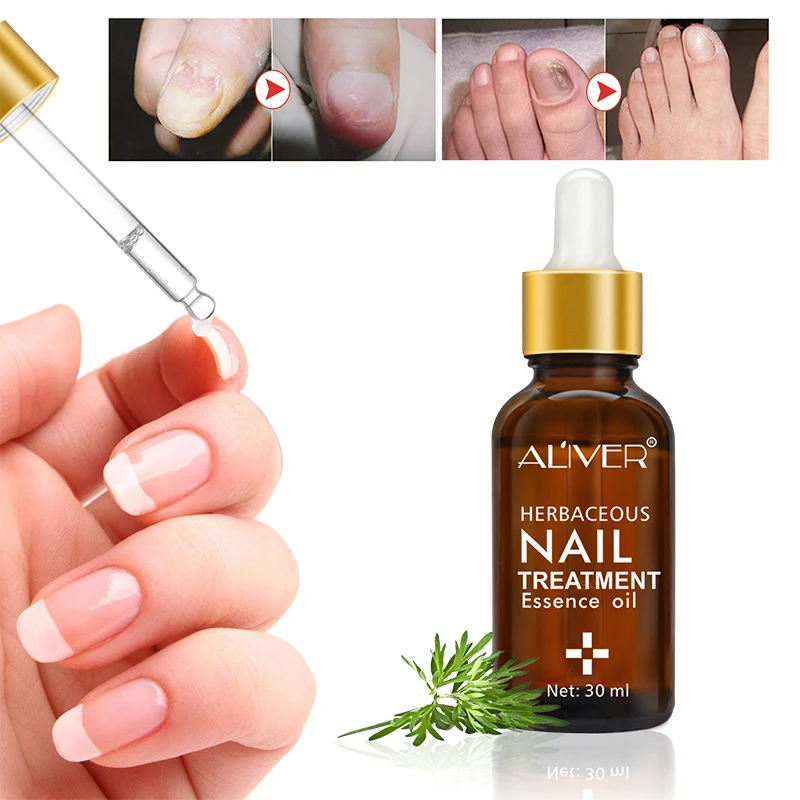 That’s a women’s health condition that affects your hormone levels. PCOS can lead to hirsutism — when women sprout a lot of hair in places they normally wouldn’t. You may notice hair on your face, chest, or chin. Extra androgens, sometimes called male hormones, cause this. Your doctor can help treat your PCOS.
That’s a women’s health condition that affects your hormone levels. PCOS can lead to hirsutism — when women sprout a lot of hair in places they normally wouldn’t. You may notice hair on your face, chest, or chin. Extra androgens, sometimes called male hormones, cause this. Your doctor can help treat your PCOS.
With alopecia areata, hair may get thin or stop growing. That’s because your immune system attacks hair follicles, making it hard for hair to grow. You may get bald patches on your head or other body parts. You might lose your eyebrows or eyelashes. Sometimes, all your body hair falls out. That’s called alopecia universalis. Medicine may regrow hair. And since your follicles still work, your hair might grow back when the condition isn’t active.
Talk to a doctor if your hair loss comes with fatigue, muscle weakness, weight loss or gain, or dry skin. You might have a thyroid problem. Medicine can help your thyroid work the right way. Your hair should grow back with treatment, but it may take several months.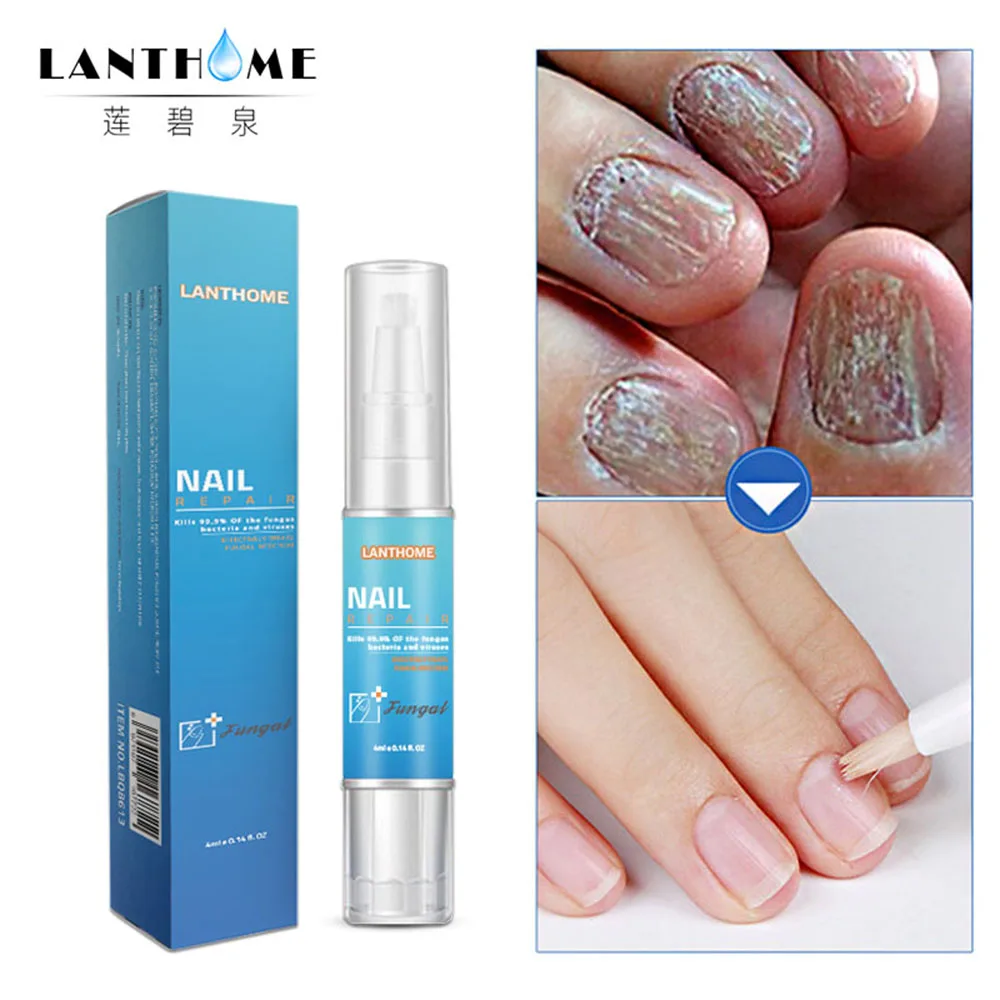 Rarely, anti-thyroid drugs can cause hair loss. Your doctor might be able to switch your medicine if this happens to you.
Rarely, anti-thyroid drugs can cause hair loss. Your doctor might be able to switch your medicine if this happens to you.
Type 2 diabetes can affect more than blood sugar. It also can damage the cells in your hair follicles. You may notice changes before you’re diagnosed. Your hair might get thinner, or it may take a long time to grow back. Without good circulation in your feet and legs, the hair below your knees may start to shed. Talk to a doctor if you need help controlling your blood sugar. They can help you figure out a treatment plan.
You can be born with a condition that affects hair growth. One is called hypotrichosis. It’s when you’re born with sparse, thin, and fragile body hair. Your condition may stay the same. Or sometimes, you might go bald or keep losing body hair over time. Medicine may help you thicken or grow new hair.
If you have Addison’s disease, your adrenal glands don’t make enough of certain hormones. That includes cortisol and aldosterone. This can lead to body hair loss and sexual problems in women. Other symptoms include serious tiredness, skin color changes, and stomach problems. Talk to a doctor if you think you have Addison’s. It can be life-threatening without treatment. You can take medicine to get better.
Other symptoms include serious tiredness, skin color changes, and stomach problems. Talk to a doctor if you think you have Addison’s. It can be life-threatening without treatment. You can take medicine to get better.
Some STIs can cause patchy hair loss. This can happen in the later stages of syphilis. You may also get a fever, sore throat, or a rash that doesn’t itch. It’s important to take medicine to cure syphilis. That’s because even though your symptoms may get better without treatment, the STI stays in your body. Syphilis can go on to hurt your eyes, heart, and brain. If you use a latex male condom, you can lower your chances of future STIs.
Your doctor may check your iron levels if you start losing hair. That’s because it could be a sign you’re not getting enough. Low iron can also cause anemia. Your doctor can run a blood test to find out if you’re anemic or just low in iron. To get better, they may want you to eat iron-rich food — red meat, beans, and dark leafy greens, for example — or take a supplement.
Iron isn’t the only thing you need for healthy hair. Your follicles depend on a variety of vitamins and minerals. If you’re not getting the right nutrients, you may notice hair loss. A doctor can run tests to find out if you’re getting enough. They might want you to eat more protein and foods with vitamin D. More research is needed to know if vitamin and mineral supplements can help.
It’s important to get the right vitamins and minerals. But you don’t want to overdo it, especially with supplements. Research shows too much vitamin A and selenium can cause hair loss.
When you’re under a lot of pressure, your follicles might go into a resting phase. Some strands may fall out after a few months. That’s called telogen effluvium. Severe stress may also trigger an autoimmune condition, like alopecia areata. If you have a mental disorder called trichotillomania, you might pull your own body hair out as a response to stress.
Inflammation can destroy your follicles. That’s called cicatricial alopecia. Hair can’t grow because scar tissue gets in the way. These conditions can affect your scalp, eyebrows, and underarms. Research shows some inflammatory disorders can cause you to lose patches of hair on other parts of your body. Treatment depends on what’s causing your scarring alopecia.
Hair can’t grow because scar tissue gets in the way. These conditions can affect your scalp, eyebrows, and underarms. Research shows some inflammatory disorders can cause you to lose patches of hair on other parts of your body. Treatment depends on what’s causing your scarring alopecia.
IMAGES PROVIDED BY:
SOURCES: Medical Hypotheses: “Hair follicle characteristics as early marker of type 2 diabetes.” Cleveland Clinic: “Is My Thyroid Condition to Blame for My Hair Loss?” “Thyroid Disease,” “I’m Low in Iron — Can This Cause Me To Lose My Hair?” American Academy of Dermatology Association: “Hair Loss: Who Gets and Causes. Office on Women’s Health: “Polycystic ovary syndrome.” UpToDate: “Patient education: Hirsutism (excess hair growth in women).” Journal of Autoimmunity: “Alopecia areata: A multifactorial autoimmune condition.” NYU Langone Health: “Types of Hair Loss.” Nature Reviews Disease Primers: “Alopecia areata.” National Alopecia Areata Foundation: “What you need to know about alopecia areata.” British Thyroid Foundation: “Hair Loss and Thyroid Disorders.” Genetics Home Reference (NIH): “Autosomal recessive hypotrichosis.” National Organization for Rare Disorders: “Addison’s Disease.” Mayo Clinic: “Addison’s disease,” “Stress Management: Can stress cause hair loss?” CDC: “Sexually Transmitted Diseases (STDs),” “Sexually Transmitted Diseases (STDs): Prevention.” Dermatology Practical & Conceptual: “Diet and hair loss: effects of nutrient deficiency and supplement use.” Dermatology and Therapy: “The Role of Vitamins and Minerals in Hair Loss: A Review. Academy of Nutrition and Dietetics (eatright.org): “Vitamins, Minerals and Supplements: Do You Need to Take Them?” National Institutes of Health, Office of Dietary Supplements: “Vitamin A,” “Selenium.” Skin Appendage Disorders: “Isolated Body Hair Loss: An Unusual Presentation of Lichen Planopilaris.” |
© 2022 WebMD, LLC. All rights reserved. View privacy policy and trust info
Brittle nails on the hands – causes, symptoms, treatment and prevention
September 05, 2022
Beautiful and well-groomed fingernails are an indicator of health and prosperity. Their fragility causes serious inconvenience to every girl. Most women face the problem of brittle nails, but not all of them try to figure out the reasons for what is happening.
Brittle nails – what is it?
The nail plate consists of layers of keratinized cells, which are located on the nail bed with many vessels.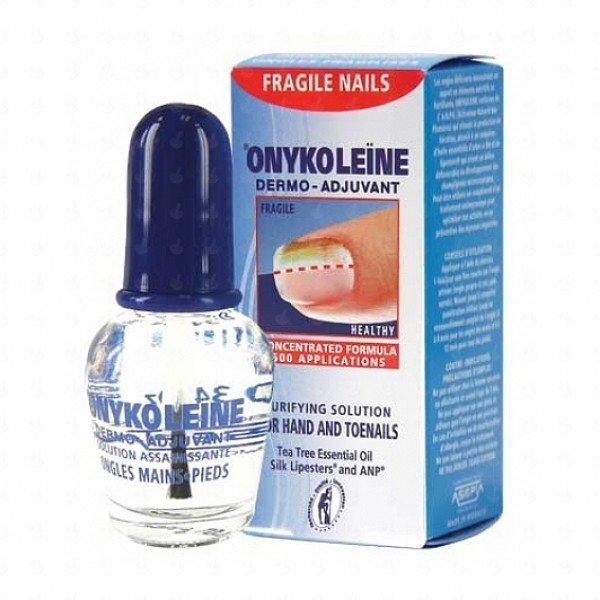 The transparency of the plate and good blood flow in the capillaries underneath give the nails a pink color. At the base of the nail plate is a matrix, which is a delicate and sensitive growth zone of the nail. Damage to the matrix leads to a violation of the formation and growth of the plate. But nature provides for the natural protection of this formation. This is how the cuticle appeared – a skin growth at the base of the nail, designed to protect the matrix from injuries and microorganisms.
The transparency of the plate and good blood flow in the capillaries underneath give the nails a pink color. At the base of the nail plate is a matrix, which is a delicate and sensitive growth zone of the nail. Damage to the matrix leads to a violation of the formation and growth of the plate. But nature provides for the natural protection of this formation. This is how the cuticle appeared – a skin growth at the base of the nail, designed to protect the matrix from injuries and microorganisms.
It becomes clear that traumatization and subsequent inflammatory processes in the bases of the nail plates are the main cause of brittleness. Injuries to the nail and matrix can occur in some cases when the manicure technique is violated, after surgical interventions, and even when playing musical instruments.
Symptoms of brittle nails
Brittleness is manifested in damage to the free edge of the nail, affecting its upper layers. Sometimes the problem is accompanied by thinning and growth retardation.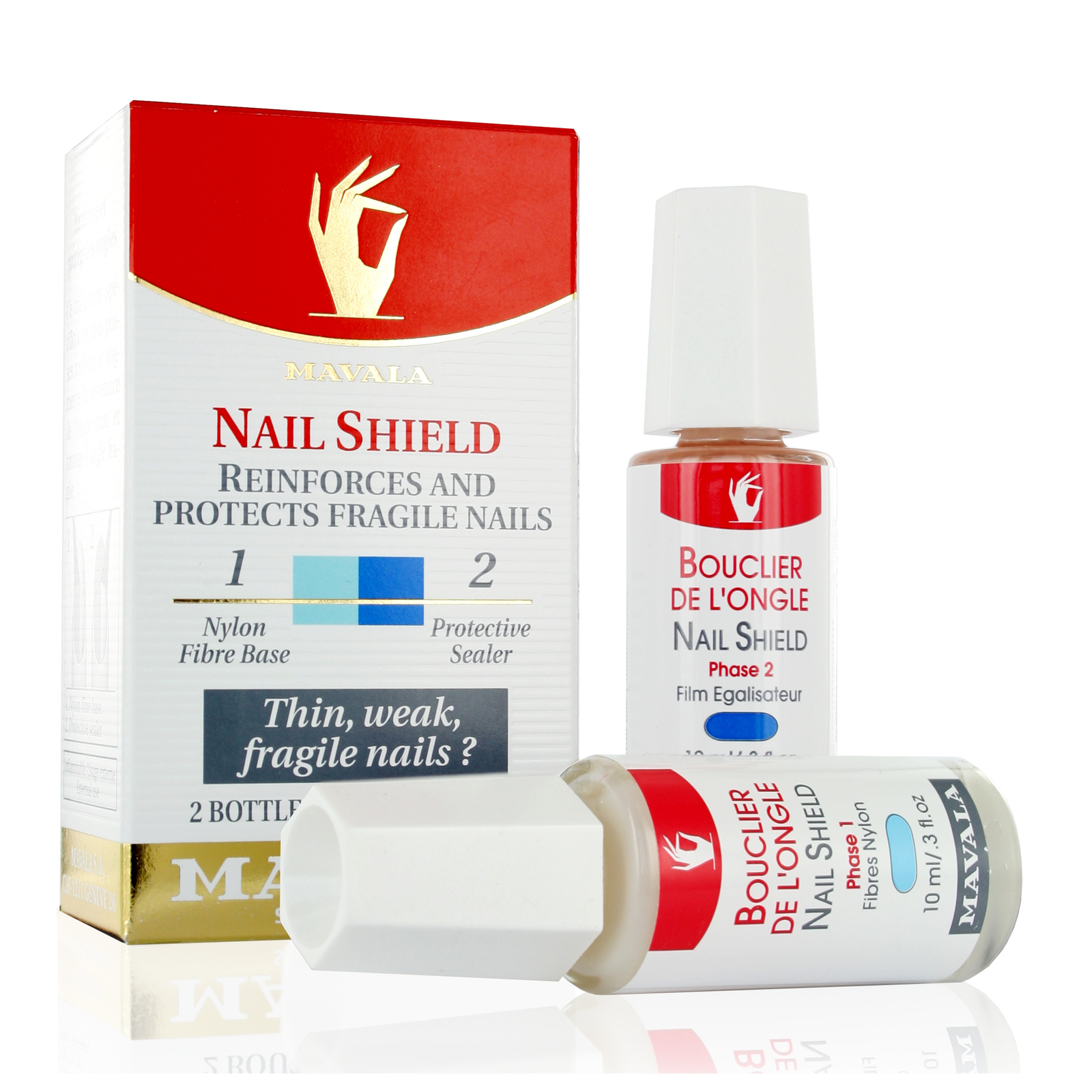 That is why many women cannot grow long nails. Fragility is sometimes accompanied by deformation of the nails, as well as a change in their shape and color.
That is why many women cannot grow long nails. Fragility is sometimes accompanied by deformation of the nails, as well as a change in their shape and color.
Brittle nails can be congenital, arising from a hereditary predisposition or gene anomalies, or acquired. In the vast majority of cases, it is the second type that occurs most often.
Causes of brittle nails
Causes can be very different. The defect also occurs when there is a lack of vitamins or minerals (calcium, iron), and if the drinking regime is not followed. Lovers of strict diets also notice such a problem, because the nail plates are greatly deprived of nutrients. Some of the fair sex may have a hereditary predisposition, as well as the abuse of a variety of varnishes and liquids to remove them.
The main causes of brittle nails are:

Another common cause of brittle nails is hormonal changes. The level of hormones in the female body is subject to fluctuations, especially in some periods of life. What are these periods?
Pregnancy
The female body in the course of bearing the fetus directs a lot of forces on the growing body. Nails at this time become brittle, exfoliate, and in some situations can even change their shape from convex to concave.
Adolescence
Deficiency of trace elements in the body often leads to impaired nail growth and changes in their structure.
Postmenopausal period
After the end of menstruation, significant hormonal changes occur in a woman’s body – estrogen levels decrease, which leads to impaired calcium absorption. Its deficiency causes a decrease in the strength of nails: they become brittle, and even a slowdown in their growth is visually noticeable.
Every woman with brittle nails should know the rules of behavior in the event of a similar problem:
- Nail polish remover should be used no more than once a week.

- When washing dishes or doing any other housework, it is mandatory to wear gloves and under no circumstances come into contact with chemicals.
It is very important to pay attention to your diet and add more vitamins, proteins and minerals to your diet if necessary. Take courses of vitamins only as prescribed by a doctor. Use only those varnishes that contain a suitable vitamin complex.
It is also necessary to remember that after gel extension and subsequent removal of gel polish, nails can become weak, dry and brittle. Therefore, when wearing extended nails on an ongoing basis, you need to let them rest at least for a while.
Methods of treatment
Based on the causes of brittle nails, you should follow the rules of manicure, already mentioned above in the text. In addition, you must use the correct non-metallic nail file and file your nails in only one direction.
If a woman has hereditary brittle nails, then she should use olive oil to strengthen them. It is recommended to immerse nails in it for 10-15 minutes daily for a month. Over time, the frequency of the procedure should be reduced to twice a week.
It is recommended to immerse nails in it for 10-15 minutes daily for a month. Over time, the frequency of the procedure should be reduced to twice a week.
Other essential oils sold in pharmacies will also help to cope with the problem of brittle nails. These include lavender oil, tea tree oil, etc.
Nail health depends on its root, so proper cuticle care is extremely important. It is necessary that it does not dry out, it is necessary to remove dead skin cells in time and rub cuticle oil every evening. It will also be useful to massage the nails, which stimulates blood flow in the matrix and provides an influx of useful elements.
Methods of prevention for brittle nails
In many ways, prevention measures are the same as the methods of treatment used. If there is a habit of biting nails, then it must be abandoned, because it contributes to the development of their fragility.
It is also necessary to remember that proper nutrition is the main guarantee of health. It is necessary to eat foods rich in biotin: liver, boiled eggs, cabbage. It helps to strengthen the nails and increases their strength. Also, the diet of each day should include the right amount of vitamins and minerals. To do this, you should eat foods that are rich in proteins, vitamins A and C, calcium. Vitamins are best absorbed when they are ingested with food.
It is necessary to eat foods rich in biotin: liver, boiled eggs, cabbage. It helps to strengthen the nails and increases their strength. Also, the diet of each day should include the right amount of vitamins and minerals. To do this, you should eat foods that are rich in proteins, vitamins A and C, calcium. Vitamins are best absorbed when they are ingested with food.
Warm mittens or gloves must be worn during winter. This measure will also have a positive effect on the condition of the nails. It will not be superfluous to give up bad habits.
What should a manicurist do if a client’s nails break?
Before the procedure, the manicurist should ask the client if he has any problems with his nails. In case of fragility of the nail plates, it is necessary to convince the visitor to at least from time to time arrange a “manicure vacation” for the nails, refusing to frequently cover with varnish. And during this period, it is recommended to apply a moisturizer more often. An excellent option would be good advice on the choice of preventive measures, and in the case of an advanced stage, a recommendation to contact a podiatrist.
An excellent option would be good advice on the choice of preventive measures, and in the case of an advanced stage, a recommendation to contact a podiatrist.
Brittle nails – causes, diagnosis and treatment
Brittle nails – a violation of the strength and integrity of the nail plates associated with the influence of external and internal factors. Brittle nails often break off, exfoliate, crack, present difficulties with growing and high-quality application of decorative varnish. To find out the causes of brittle nails, it is necessary to exclude chronic diseases, deficiency of vitamins and microelements in the body, fungal diseases. The treatment of brittle nails involves the elimination of etiological factors, therapeutic baths, paraffin therapy, strengthening nails, the use of nourishing creams for nail care, etc.
General information
Brittle nails – a defect in the nail plates associated with their weakness and increased fragility. The nail plates on the hands and feet originate from the area of the matrix located at the base of the nail. The white area of the nail root in the form of a crescent – the lunula is the visible part of the nail matrix. Nail growth is carried out by the division of germ cells in the matrix, which gradually push the old nail plate forward. The structure, shape, thickness and growth rate of the nail depends on the state of the matrix. The basic substance of the nail plate is keratin, and the hardness and density of the nail plate depends on the amount of cysteine, a sulfur-containing amino acid. Between the layers of keratin are layers of water and fat, giving the nails shine and elasticity. In healthy nails, in addition to sulfur, there are other trace elements – calcium, phosphorus, chromium, zinc, selenium, the lack or absence of which negatively affects the condition of the nail plates, making them brittle and exfoliating.
The nail plates on the hands and feet originate from the area of the matrix located at the base of the nail. The white area of the nail root in the form of a crescent – the lunula is the visible part of the nail matrix. Nail growth is carried out by the division of germ cells in the matrix, which gradually push the old nail plate forward. The structure, shape, thickness and growth rate of the nail depends on the state of the matrix. The basic substance of the nail plate is keratin, and the hardness and density of the nail plate depends on the amount of cysteine, a sulfur-containing amino acid. Between the layers of keratin are layers of water and fat, giving the nails shine and elasticity. In healthy nails, in addition to sulfur, there are other trace elements – calcium, phosphorus, chromium, zinc, selenium, the lack or absence of which negatively affects the condition of the nail plates, making them brittle and exfoliating.
Brittle nails
Causes of brittle nails
Nails can become brittle due to external and internal reasons. Nails have a porous structure and easily absorb moisture, various chemicals that the hands have to come into contact with. Therefore, brittle nails are found in people who, due to their professional activities, are in contact with solvents, acids, alkalis and other aggressive substances. In addition, brittleness and delamination of nails can occur due to frequent contact with household chemicals (washing powders, detergents and cleaners), prolonged hands in water, etc. Physical factors such as low ambient temperature in winter weaken the nails. year, the dryness of the air in the room. As a result of chronic hypothermia and drying, the nails become thinner and brittle.
Nails have a porous structure and easily absorb moisture, various chemicals that the hands have to come into contact with. Therefore, brittle nails are found in people who, due to their professional activities, are in contact with solvents, acids, alkalis and other aggressive substances. In addition, brittleness and delamination of nails can occur due to frequent contact with household chemicals (washing powders, detergents and cleaners), prolonged hands in water, etc. Physical factors such as low ambient temperature in winter weaken the nails. year, the dryness of the air in the room. As a result of chronic hypothermia and drying, the nails become thinner and brittle.
A common cause of increased brittleness of nails is illiterate care: incorrect cutting of nails, the habit of biting nails with teeth. Frequent nail extensions, the use of cheap varnish and nail polish remover leads to the fact that harmful components (acetone, formaldehyde, etc.) penetrate deep into the nail, breaking its structure and making it more vulnerable.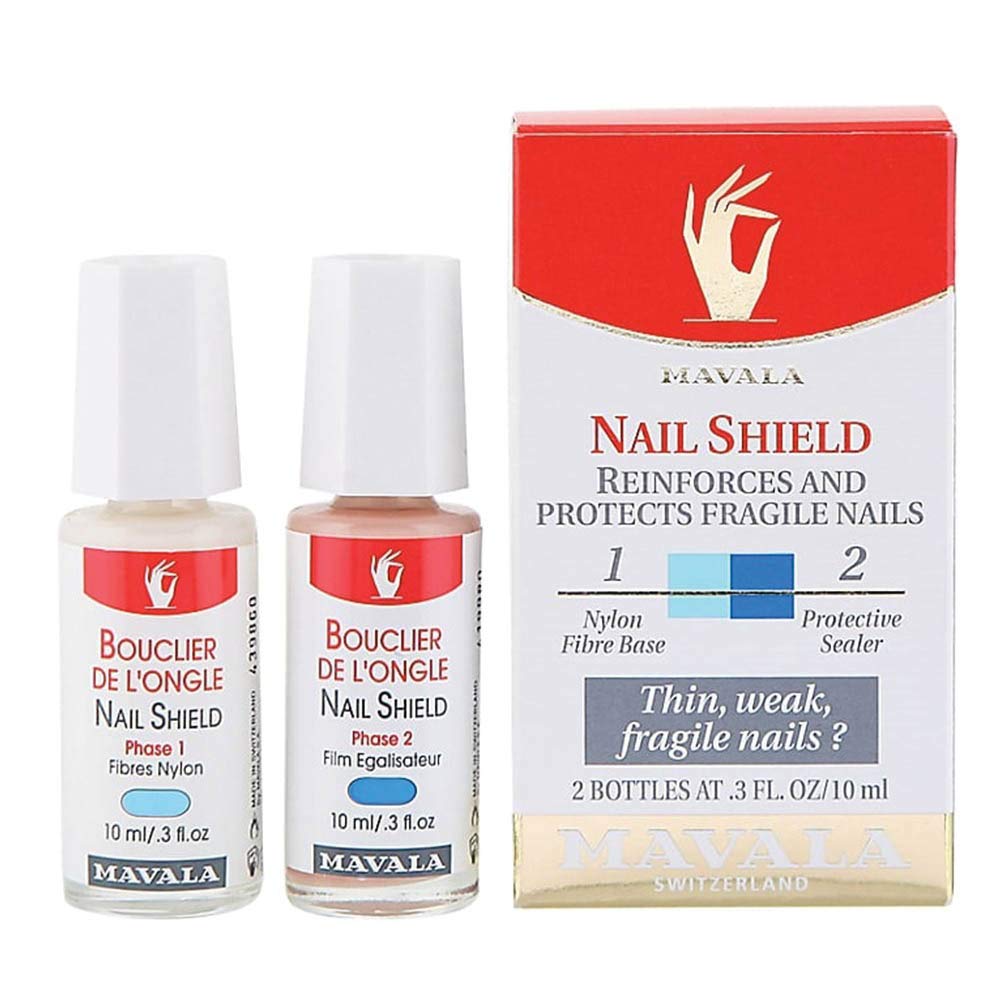 In addition, mechanical stress from the outside can lead to cracking of the nail.
In addition, mechanical stress from the outside can lead to cracking of the nail.
The problem of brittle nails can be associated with endogenous factors, among which the leading role belongs to the deficiency of microelements and vitamins. The lack of vitamins A, D, E, calcium, selenium, silicon, zinc, iron affects the state of the nail plate especially unfavorably. Brittle nails can increase during pregnancy and lactation. This is understandable – at this time, the female body “shares” its resources with the baby’s body, so it is extremely important that the mother’s diet is of high quality and complete in composition. In addition, increased fragility of nails can be observed during hormonal changes – during puberty and menopause. The cause of brittle nails can be thyrotoxicosis, diabetes mellitus, anemia, gastrointestinal diseases, and stress.
Characteristics of brittle nails
The problem of brittle nails is familiar to many women. In this case, the free edge of the nail often breaks off over its entire thickness or delaminates, i.e., violations concern its upper (shiny) layer. At the same time, the nail plates are thin and grow slowly. Increased fragility of nails does not allow a woman to enjoy beautiful, long natural nails. Often, brittle nails are combined with deformation of their surface, changes in color and shape.
In this case, the free edge of the nail often breaks off over its entire thickness or delaminates, i.e., violations concern its upper (shiny) layer. At the same time, the nail plates are thin and grow slowly. Increased fragility of nails does not allow a woman to enjoy beautiful, long natural nails. Often, brittle nails are combined with deformation of their surface, changes in color and shape.
Longitudinal splitting of the nails (onychoclasia, onychorrhexis) often results in painful fracture of the nail plate. Vertical cracks originate from the free edge of the nail and propagate to various distances in the proximal direction. In this case, as a rule, the lesion concerns individual nails of the fingers or toes. With onychoshisis, the nails split in the transverse direction. Such a problem can occur with poor-quality manicure, playing stringed instruments, typing, etc.
In dermatology, brittle nails are considered as a manifestation of onychodystrophy, requiring the establishment of causes and competent treatment.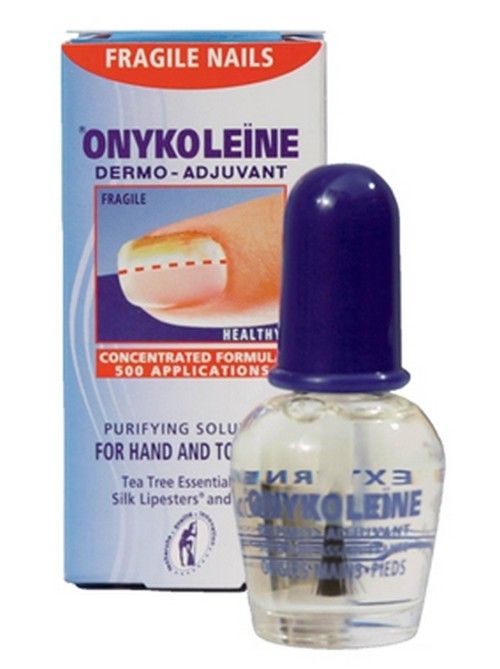 With the problem of brittle nails, a woman can turn to a nail service master, but it would be more correct to visit a dermatologist first. Only a medical specialist will be able to properly understand the severity of the problem. Taking into account the growth rate of nails (on the hands of the hand 1-2 mm per week, on the legs – 0.25-1 mm per week), it is possible to calculate the approximate time of exposure to the pathological factor.
With the problem of brittle nails, a woman can turn to a nail service master, but it would be more correct to visit a dermatologist first. Only a medical specialist will be able to properly understand the severity of the problem. Taking into account the growth rate of nails (on the hands of the hand 1-2 mm per week, on the legs – 0.25-1 mm per week), it is possible to calculate the approximate time of exposure to the pathological factor.
To find out the true causes of brittle nails, additional consultations with a mycologist, endocrinologist, gastroenterologist may be required. In order to obtain objective data, the patient may be assigned a spectral analysis for trace elements, scraping from the nail plates for pathogenic fungi, a blood test for thyroid hormones and other necessary tests. Fragility of nails should be distinguished from onychomycosis, nail changes in skin diseases (psoriasis, eczema, lichen planus, congenital epidermolysis, etc.).
Treating brittle nails
A good treatment approach should start with the root cause of brittle nails.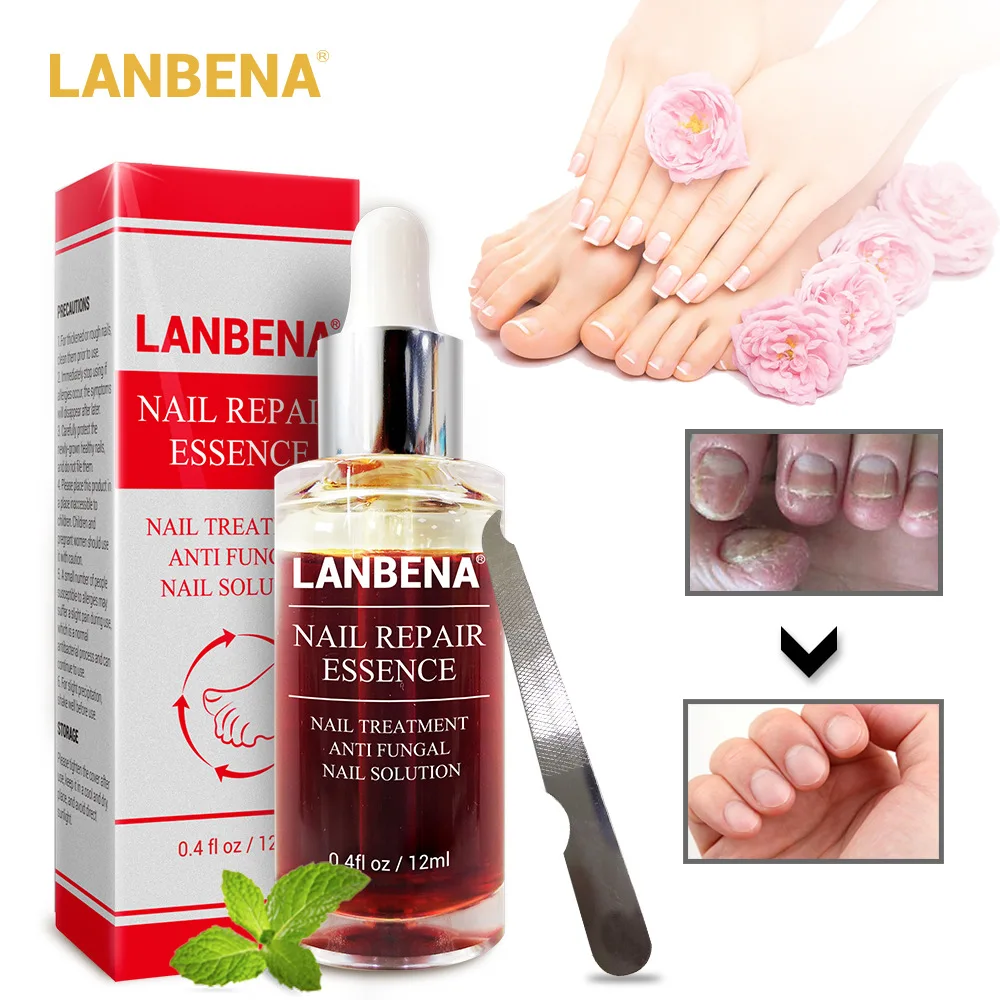 In all cases, it will be useful to temporarily refuse contact with chemicals, cover nails with decorative varnishes; Strengthen the protection and care of nails. Useful home remedies for brittle nails are warm hand baths (oil, salt) – this will help fill the nutrient deficiency in the nails. Daily care for brittle nails should be nourishing creams and balms with keratin, vitamins, proteins, which should be applied to the cuticle area, because in this place the nail is most susceptible to the intake of nutrients. However, the nutrition of nails should be carried out not only from the outside, but also from the inside. That is why, with the problem of brittle nails, it is necessary to take care of changing the diet, including foods rich in vitamins A, C, E, B5, etc., as well as additional intake of vitamin and mineral complexes.
In all cases, it will be useful to temporarily refuse contact with chemicals, cover nails with decorative varnishes; Strengthen the protection and care of nails. Useful home remedies for brittle nails are warm hand baths (oil, salt) – this will help fill the nutrient deficiency in the nails. Daily care for brittle nails should be nourishing creams and balms with keratin, vitamins, proteins, which should be applied to the cuticle area, because in this place the nail is most susceptible to the intake of nutrients. However, the nutrition of nails should be carried out not only from the outside, but also from the inside. That is why, with the problem of brittle nails, it is necessary to take care of changing the diet, including foods rich in vitamins A, C, E, B5, etc., as well as additional intake of vitamin and mineral complexes.
Manicure of brittle nails requires certain rules to be followed. Nails should only be cut with sharp scissors; it is recommended to stop using wire cutters that put too much pressure on the plate, causing it to delamination and brittleness.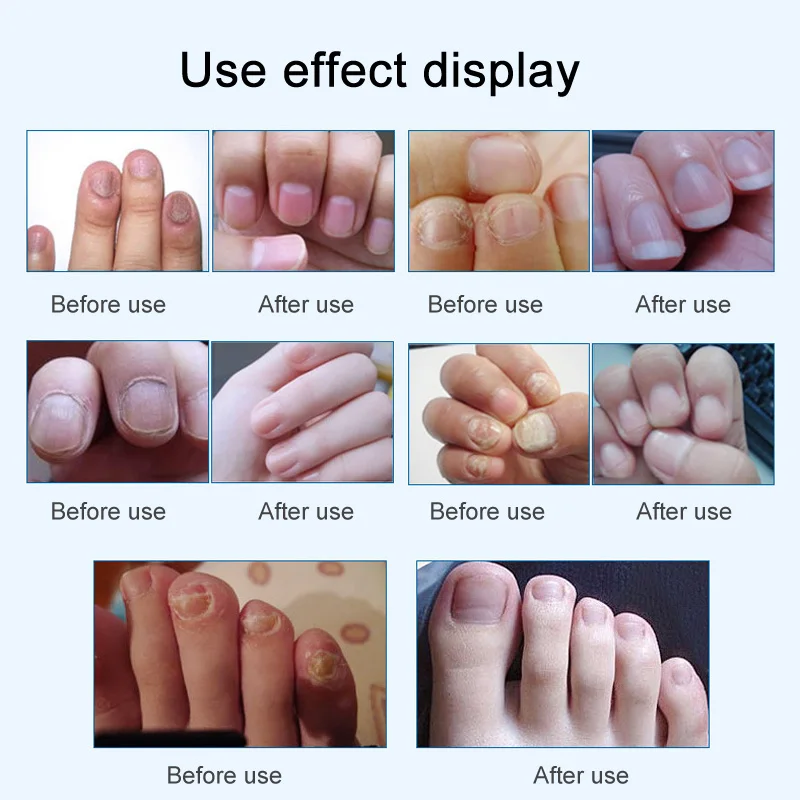 For filing brittle nails, fine-grained glass or ceramic files are better suited, which do not injure the fragile nail plate so much. At the same time, filing movements should be performed in one direction, with a large amplitude, from the edge to the center. Before applying colored varnish, the nails as a base must be coated with a special protective and strengthening agent. All products used for manicure procedures should not contain substances harmful to the nail plate.
For filing brittle nails, fine-grained glass or ceramic files are better suited, which do not injure the fragile nail plate so much. At the same time, filing movements should be performed in one direction, with a large amplitude, from the edge to the center. Before applying colored varnish, the nails as a base must be coated with a special protective and strengthening agent. All products used for manicure procedures should not contain substances harmful to the nail plate.
Specialized care for brittle nails can be carried out in the nail studio of a beauty salon. For brittle nails, spa manicure and Japanese manicure procedures, paraffin therapy, hand and nail masks are recommended. Useful therapeutic massage of the nail plate and cuticle area using a keratin complex, polishing nails with fortified creams or oils, sealing nails. Acrylic, gel, biogel are used to strengthen natural nails on the hands and feet. If a crack occurs in the nail plate, the nail is repaired with silk or fiberglass.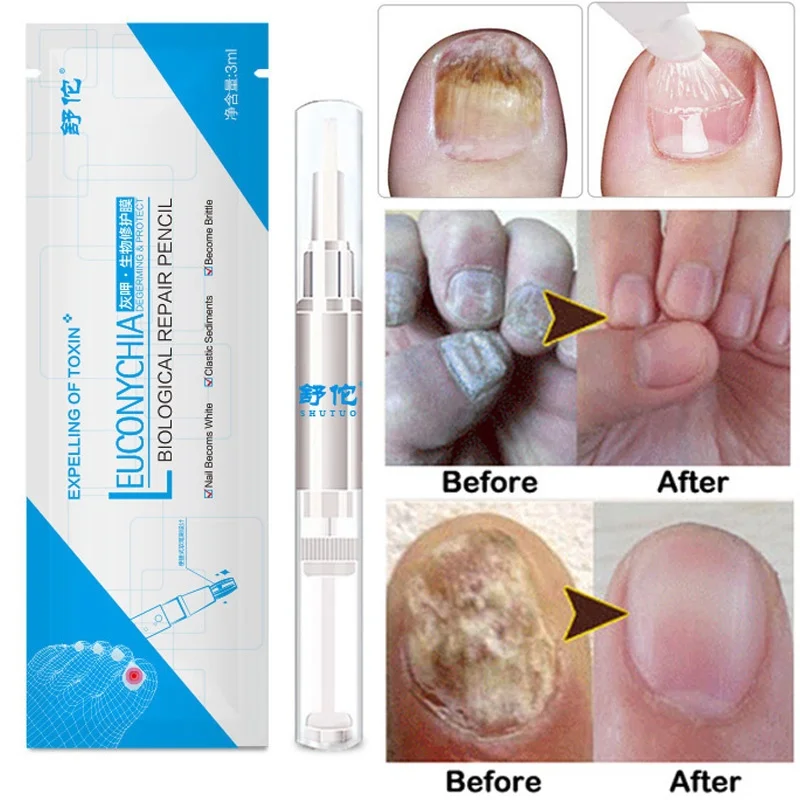

 ”
”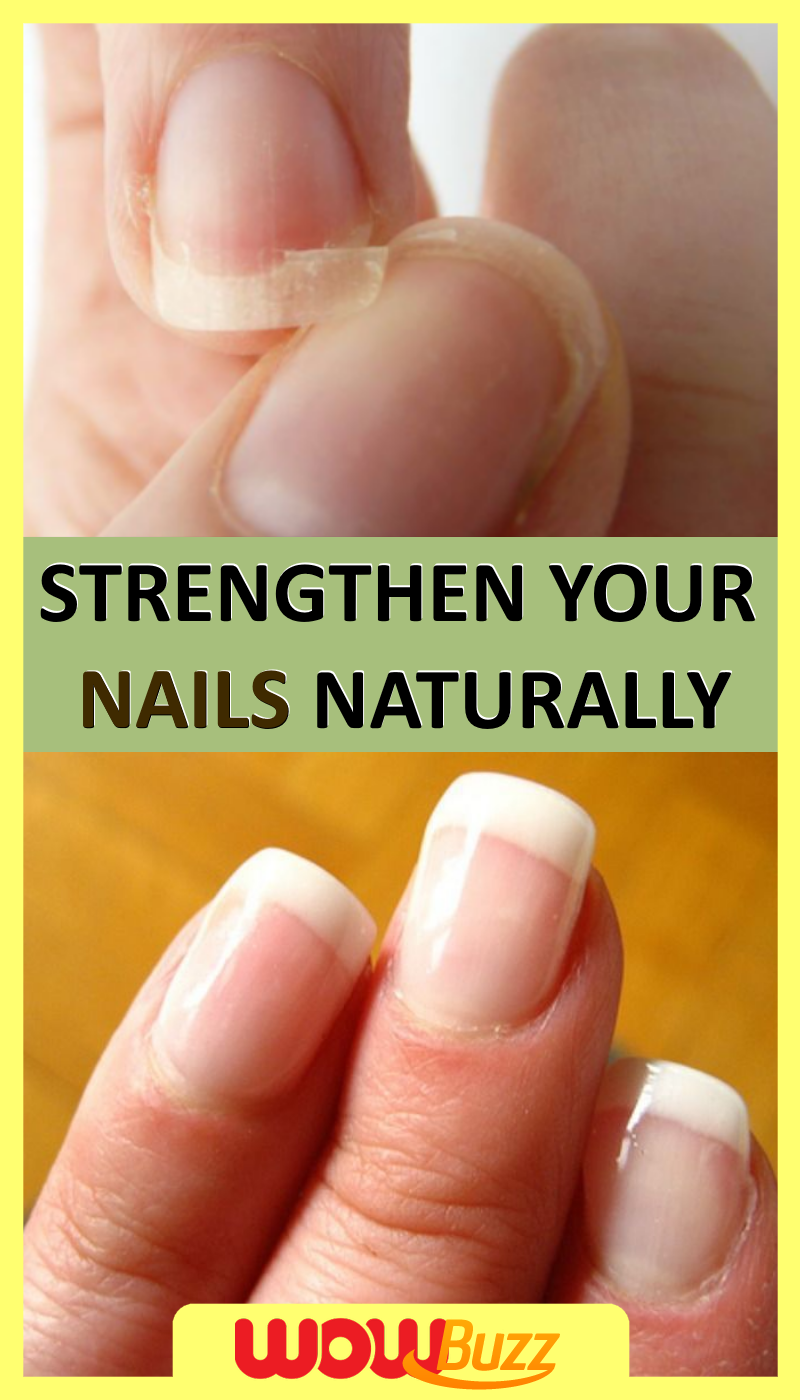 ”
”